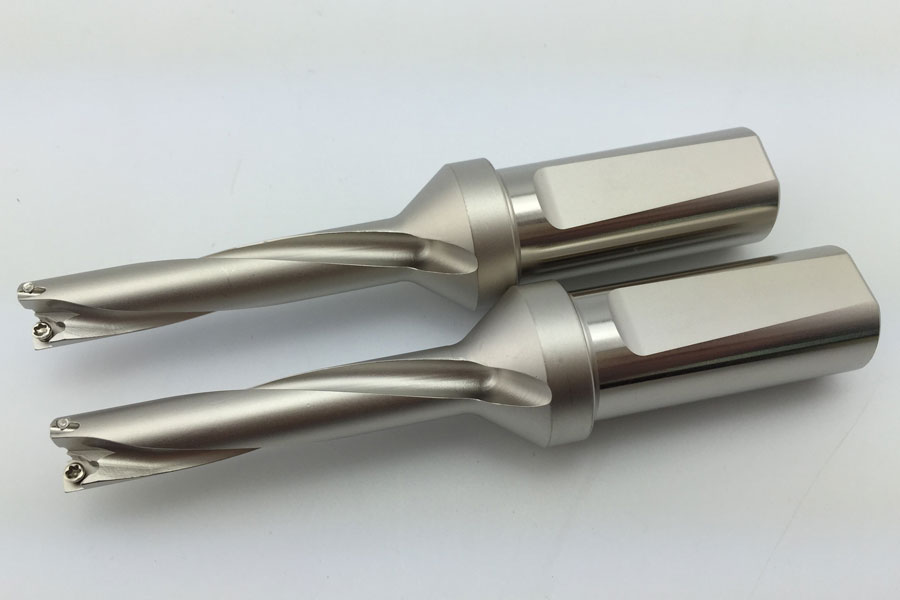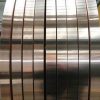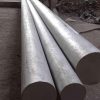
Drill bits are cutting tools with a circular cross section that create holes in alloy materials. Commonly used drill bits mainly include spiral bits, flat bits, center bits, deep hole bits and bush bits. Reamers and countersink drill bits cannot be used to drill holes in solid materials, but are traditionally considered drills. High quality drill bits are generally made of carbide and high speed tool steel, but the former can cut XNUMX to XNUMX times faster than the latter.
Carbide drill bits are made as tungsten carbide powder and cobalt powder as matrix by pressing and sintering as their binder. It usually contains 94% tungsten carbide, 6% cobalt, and 1% other metals (also called tungsten steel). Tungsten carbide, cobalt carbide, niobium carbide, titanium carbide and tantalum carbide are common constituents of tungsten steel. The grain size of the carbide component (or phase) is usually 0.2 to 10 microns, the binding metal is generally an iron group metal, and since cobalt and nickel are commonly used, tungsten cobalt alloy, tungsten nickel alloy, tungsten titanium cobalt There are alloys. Sinter forming of tungsten steel bit material is to press powder into blank, then put into sintering furnace to heat to a certain temperature (sintering temperature), maintain a certain time (insulation time), then cool And get the desired performance of tungsten. steel.
The hardness and strength of carbide drill bits are related not only to the content of tungsten carbide and cobalt, but also to the powder particles. The average particle size of the tungsten carbide phase is less than 1 micron. This drill not only has high hardness, but also excellent compressive strength and bending strength. Carbide bits can be classified into solid carbide bits, carbide indexable bits, welded carbide bits, and carbide crown bits, depending on the manufacturing method. Some bits are made entirely of carbide alloys, while others have weld shanks, or drill shanks made of stainless steel, making each bit suitable for a particular machining.
High-speed steel (HSS) is a high carbon tool steel rich in tungsten and cobalt and rich in molybdenum, tungsten and vanadium. HSS bits are a type of alloy bits made of HSS, which have excellent hardness, wear resistance, strength and toughness, heat resistance, corrosion resistance and other characteristics. These properties can be achieved by high-speed cutting with a special microstructure composed of a matrix of around 65 HRC even at high temperatures.
HSS drills are mainly used to produce complex thin blades and impact resistant metal cutting tools, but they are suitable for high temperature bearings and cold casting such as turning tools, drill bits, hobs, machine saw blades and high demanding dies. Inter-extrusion die can also be manufactured. However, it also has the big drawback of low toughness and brittleness, in order to improve the hardness and wear resistance of the drill bit, 5-7 micron on hard titanium carbide (TiC) or titanium nitride of high speed steel. The substrate may be a chemical vapor deposited layer (TiN), or an ion implant of titanium, nitrogen, and carbon is physically applied above a certain depth, matrix or screw drill to form a layer of film. To generate. Today we will show you how to choose a high quality HSS drill bit. First, how to determine the drill bit from the surface color?
High quality polished HSS bits are often white, and of course the rolled bits are also white to the smallest detail. Generally, nitrided bits are black. This is a chemical method that increases the hardness of the tool by putting the finished tool in a mixture of ammonia and steam and holding it at 540-560°c. Tanbits are usually cobalt bits. Cobalt bits were originally white, but when crushed and sprayed, they tanned. The hardness of the gold M42 (Co5%) Ti plated bit is HRC78, which is harder than the cobalt-containing bit (HRC54). Color is not the only factor that determines drill quality. How do you choose a drill? Generally speaking, the white one is generally a fully ground HHSB drill, the gold one is titanium nitride plated and the black one is nitrided alloy steel or carbon tool steel.






